Your Ultimate Guide To Tire Treadwear Ratings
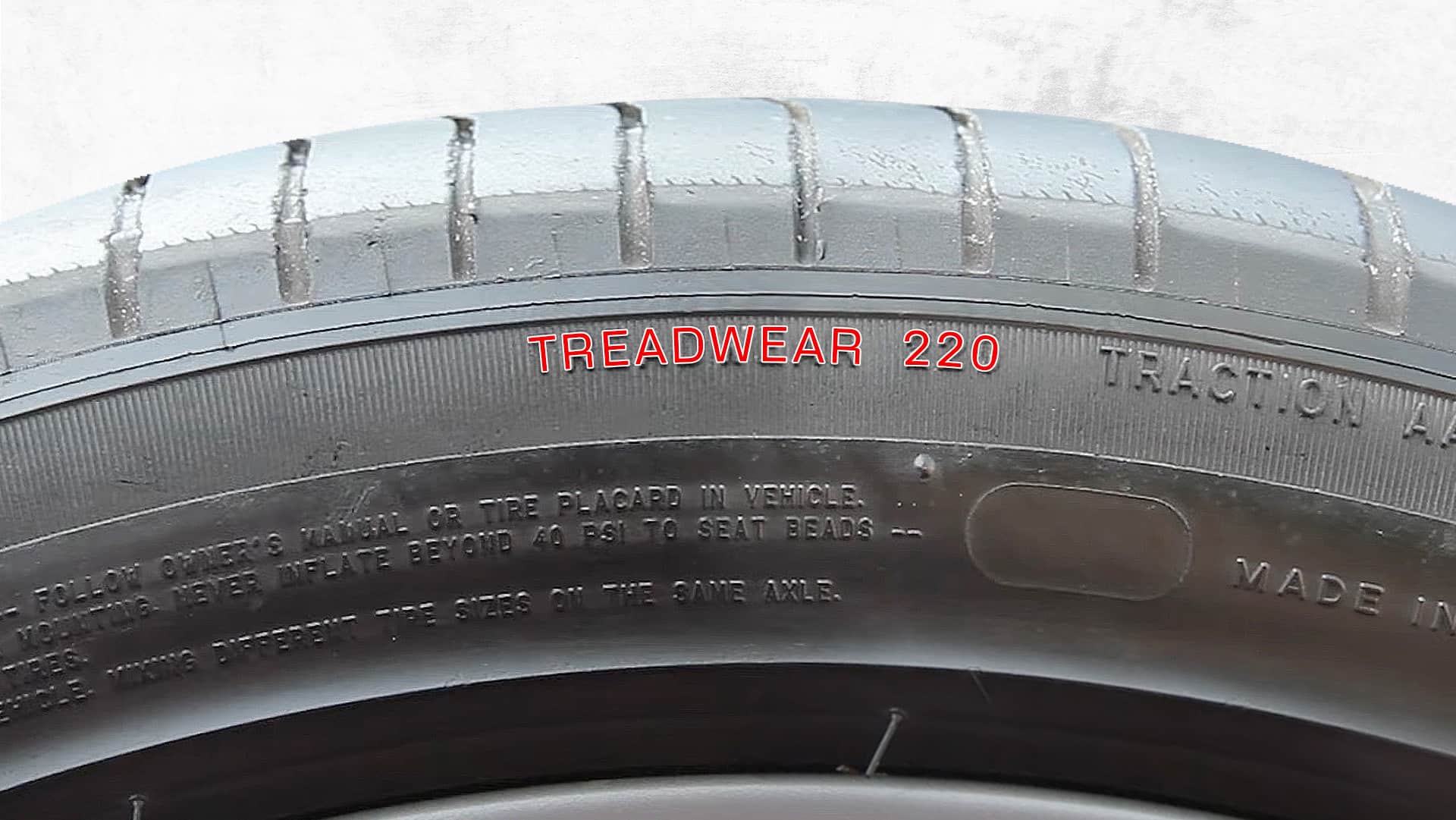
When it comes to buying new tires for your car or truck, it can be overwhelming to navigate the sea of ratings and specifications. Luckily, back in the 70s, the bigwigs at the US Department of Transportation took pity on tire buyers and set up the UTQG – a rating system meant to simplify the tire-buying process by highlighting its key characteristics:
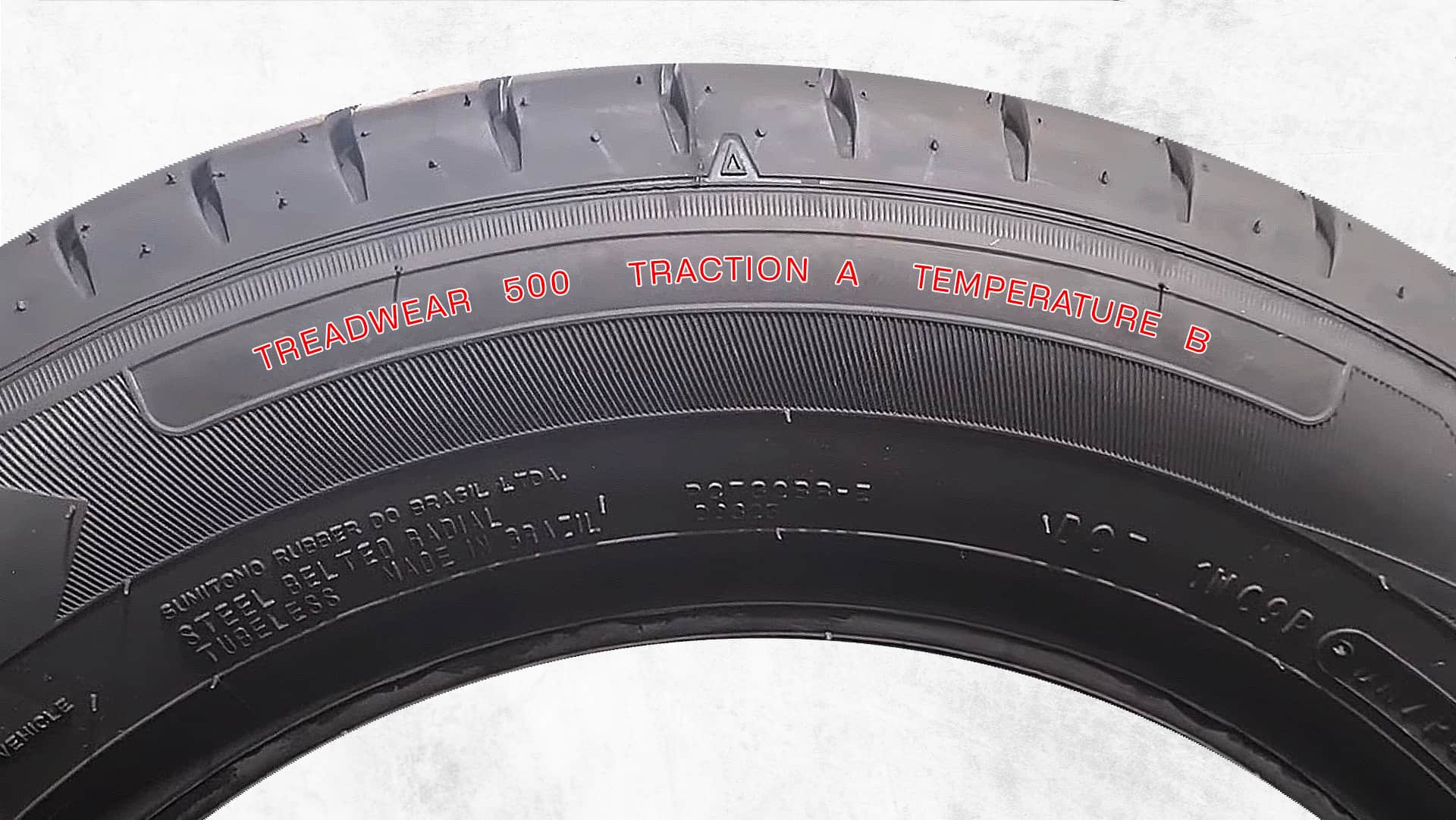
Most tires you’ll find in America come with a UTQG rating. The only exceptions are some winter tires, spare tires, and anything that isn’t a car or truck tire (like bicycle and trailer tires).
In this article, we’re going to break down one of the most important tire ratings: the treadwear. We’ll explain what it means, how manufacturers test and rate their own tires, and why comparing treadwear ratings from different companies isn’t always straightforward.
What Are Tire Treadwear Ratings?
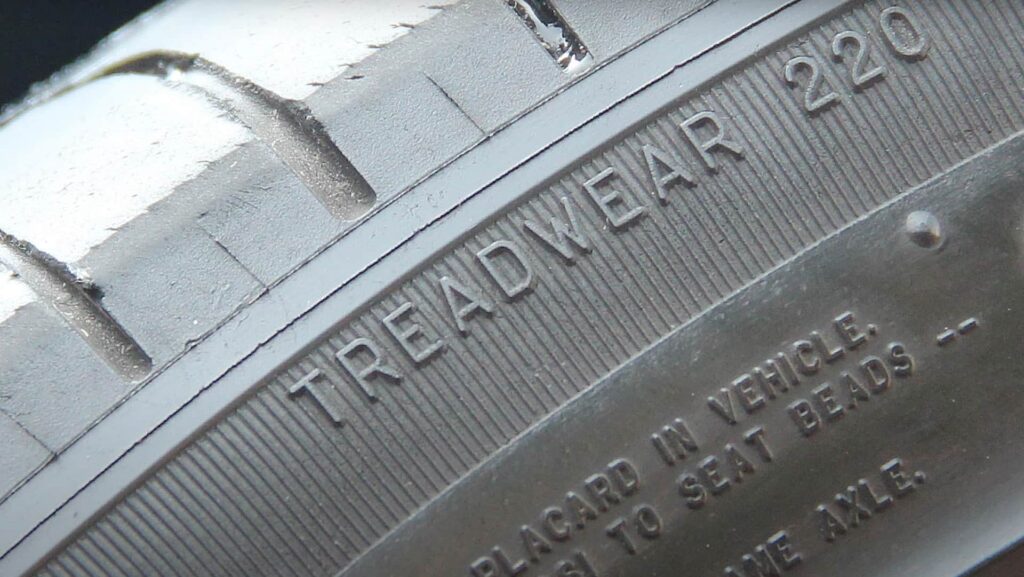
The treadwear rating gives you an idea of how long a tire’s tread will last relative to other tires. It’s represented by a number between 100 and 1000, with higher numbers indicating better tread life.
For instance, if you have an 800 treadwear tire, it ought to last twice as long as one with a rating of 400. (Although it’s not always that simple, more on that later)
But how do manufacturers actually test these tires? Well, they start by taking them out on a special test track set up by the NHTSA.
After running the test course, the manufacturer will compare their tire’s performance against a “control” tire (which has an assigned rating of 100).
Based on how much longer their tire lasted compared to the control tire, they’ll assign it a numerical rating. So, if a tire has been granted a 200 treadwear rating, this means that it lasted twice as long as the control tire.
If you have ever wondered what other drivers are using rated-wise; currently, 15% of cars run on tires lower than 200 while 25% land between 201-300 and 32% fall within the range of 301-400 according to information from the National Highway Traffic Safety Administration.
Why The Tire Treadwear Ratings Are Tricky?
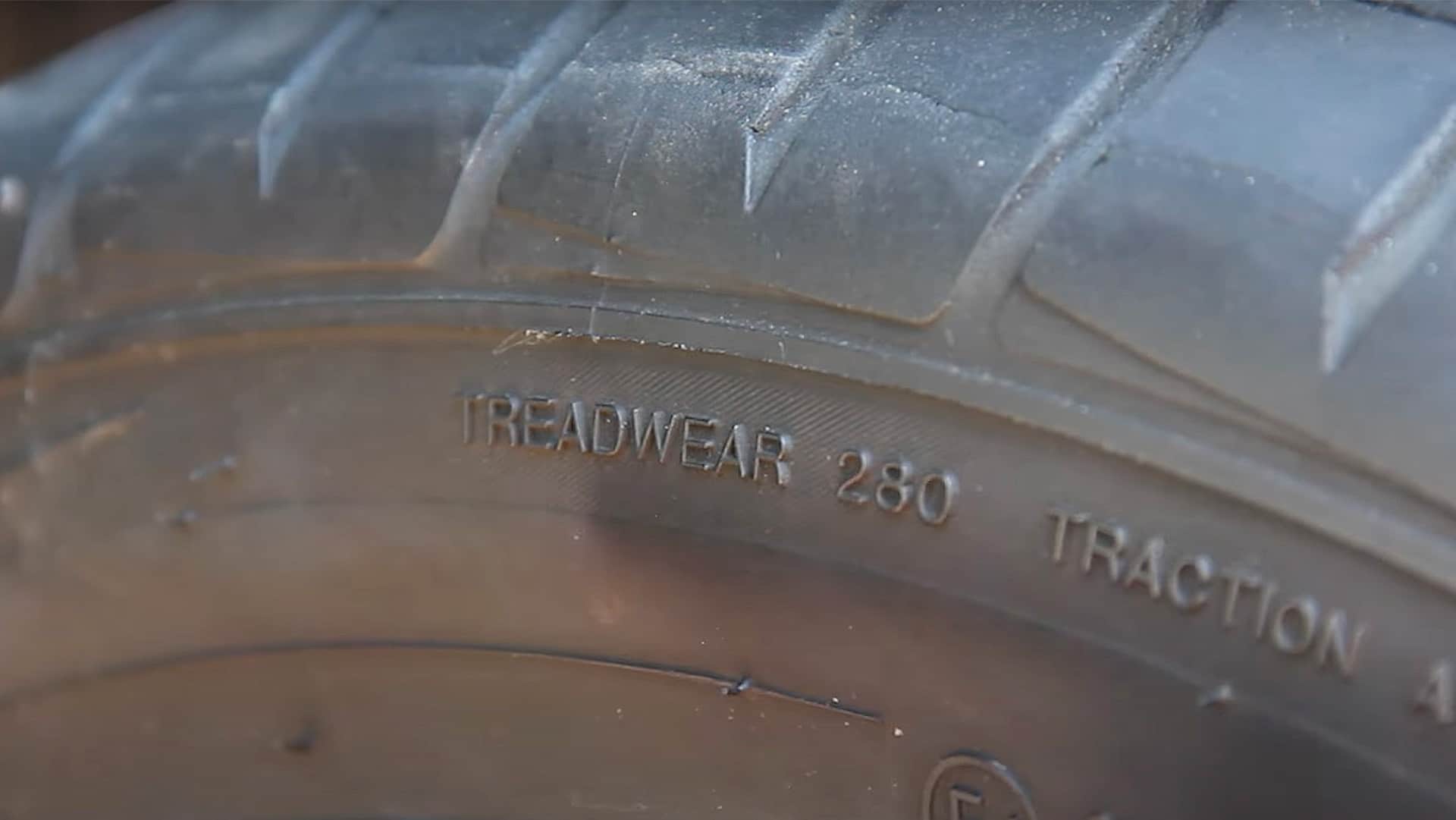
Here’s where things get fuzzy: even though all tires sold in the US have to be UTQG rated, the ratings aren’t assigned by the government and they don’t conduct any testing themselves.
Instead, it’s up to each individual manufacturer to test and rate their own tires, and then submit reports to the National Highway Traffic Safety Administration (NHTSA).
And there’s always the chance that some manufacturers can fudge their numbers – either by being too positive about how long their tires will last or too conservative in certain situations. A “400” rating from one manufacturer won’t always be equal to a “400” rating from another maker.
Therefore, the treadwear ratings are most useful when comparing tires from the same manufacturer.
On the other hand, while comparing treadwear ratings from different tire companies isn’t super helpful all on its own – it can still give you some information about how long your tires might last overall.
So if you’re considering a tire with a “600” treadwear rating versus one with a “300” rating – the one with a 600 treadwear rating may not actually last exactly two times longer than one rated at 300, but chances are good that the 600 one will stick around for much longer.
How Does Treadwear Relate to Mileage?
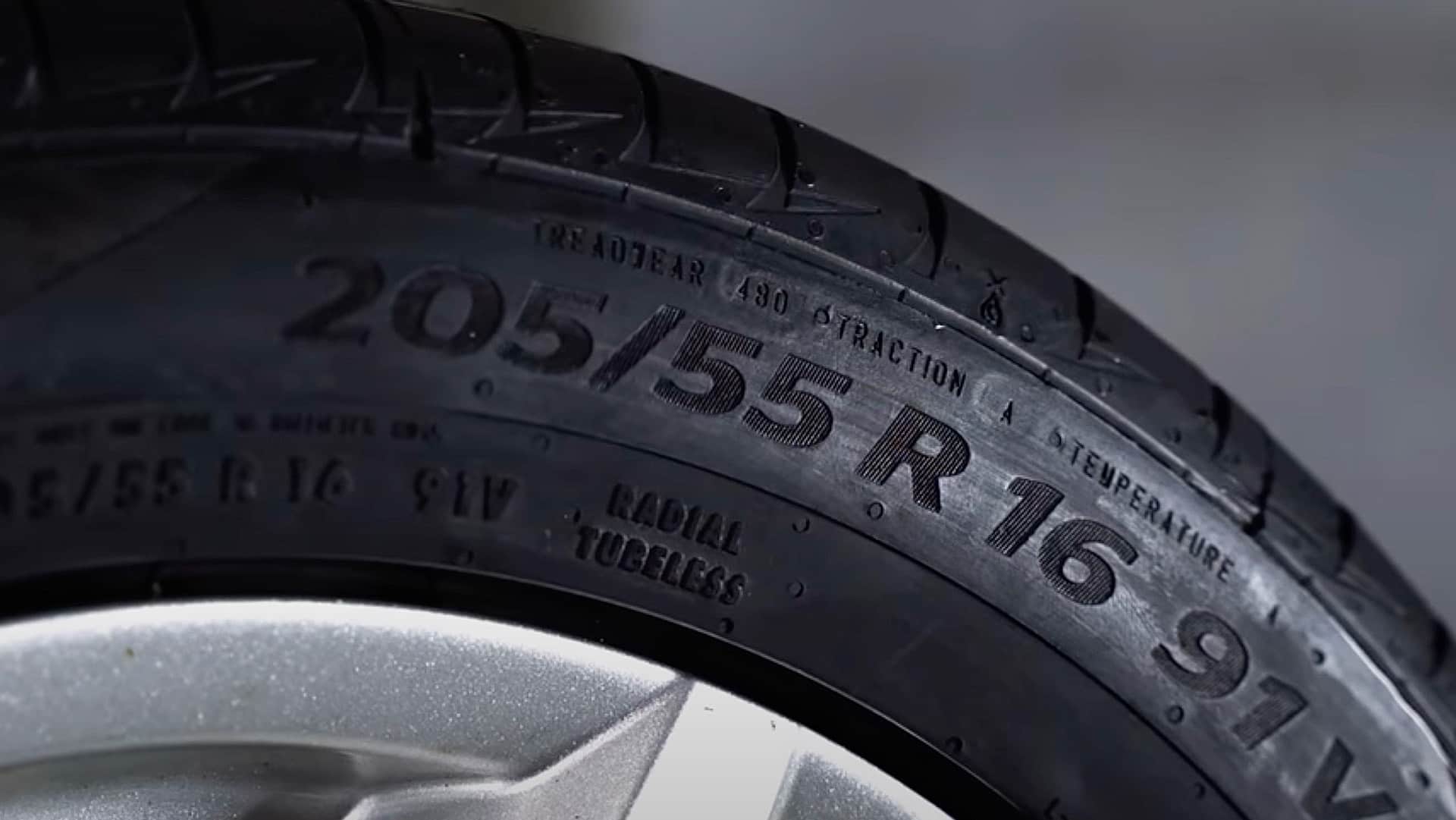
Treadwear ratings aren’t designed to tell you exactly how many miles you can expect from your new tires. They’re simply meant as a way for consumers to compare one brand or model of tire against another based on relative durability under controlled conditions.
Many people wonder if treadwear is directly connected to mileage. For example, if a tire has a 480 treadwear rating, how many miles can you expect from it? Unfortunately, there isn’t an exact answer to that question since the tire treadwear is generally influenced by five elements:.
However, some manufacturers give out warranties that provide some indication for fueling expectations. Generally speaking, higher warranty levels (e.g., 80k miles versus 25k) signal that they expect longer use from those particular products.
Where to Find Treadwear Ratings on Tires
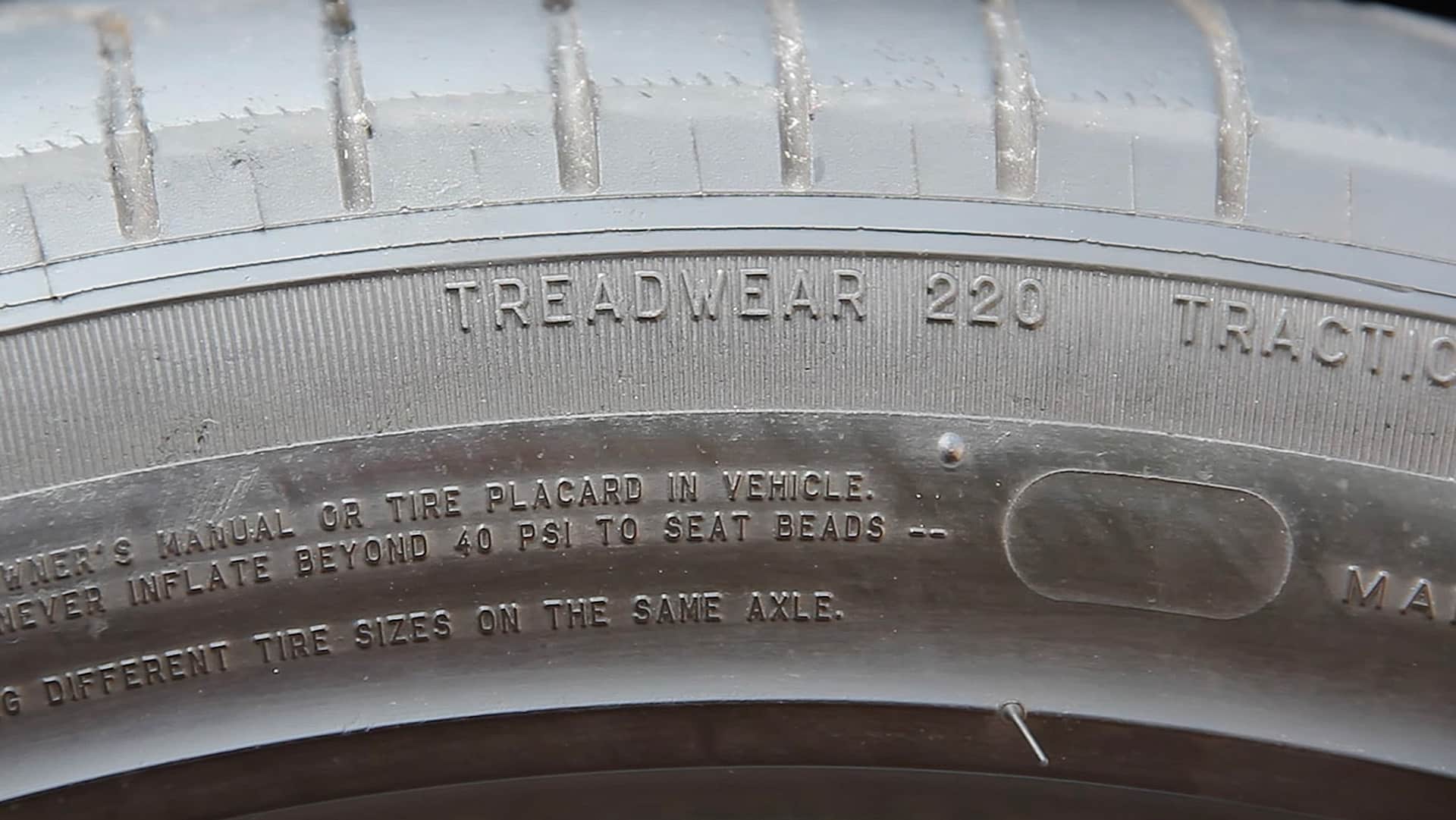
If you’re looking for the treadwear rating on your tires, there are a few places you can check. The first location is the sidewall of the tire itself. Simply find the text “Treadwear” and the number next to it is the actual tire treadwear. In the case above, the treadwear is 220.
Another position to find this detail is in product specifications typically listed online or included in packaging leaflets. Many websites and print materials will reveal additional details such as treadwear ratings.
Related Reading: Your Ultimate Guide to Tire Speed Ratings
Tire Treadwear Classifications
– Treadwear: Up To 200
For motor enthusiasts, the ultimate tire range comes in at the low treadwear section. Tires rated 350 or less typically hub in some degree of high-performance potential, but serious vehicle drivers and competitive racers only take into consideration tires rated 200 or below for optimal grip and performance on dry, wet pavement.
These overall offer exceptionally high levels of grip without being full-out racing slicks. However, they have shorter life spans than regular options given their greater capacity for delivering superior performance. Unless temperatures are above roughly 45 degrees Fahrenheit consistently, these lower treadwear options will quickly burn out with daily use.
– Treadwear: 200 – 500
Most tires fitted on passenger vehicles have treadwear ratings between 200 and 500. These kinds of tires deliver a nice blend of grip, safety, and durability over multiple years when not being used highly intensively.
Medium treadwear tires are ideal for everyday commuting. Most all-season tires come in this range from approximately 300 to 500 treadwear ratings. They feature a well-rounded mix of features that make them equally able to give you good traction at sensible speeds on dry roads as much as they do on wet asphalt or even light snow and dirt conditions. While these options don’t offer high-performance abilities, they’re fantastic for managing most daily driving duties with longevity and reasonable costs.
– Treadwear: 500+
If long-lasting tires that demand little maintenance or upkeep is what you’re looking for, high treadwear options are the classifications you should browse through. These types of tires don’t prioritize grip as a key feature but focus on providing comically-high product lifespans.
They come at relatively lower price points while offering an incredibly long product lifespan with minimal upkeep requirements. This advantage made them famous for commercial automobile applications wherein drivers cover tens, if not hundreds, of thousands of miles each year and need tires that last much longer than average.
Passenger vehicles using high treadwear models typically only fall into categories where there’s no pressing need to prioritize grip levels. For budget-friendly economy autos or hypermiling enthusiasts whose aim is fuel efficiency over driver experience sensation, this type of tires makes the most sense.
